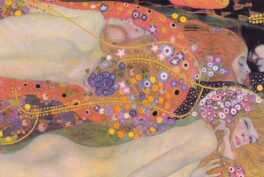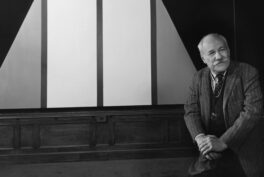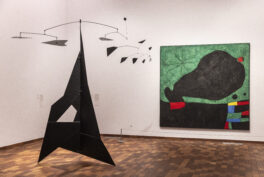The Edwardian Age
The Edwardian age takes its name from the short reign of Edward VII of Great Britain. He ascended the throne in 1901 after the death of his mother—the iconic Queen Victoria. The exhibition, however, takes a step back and begins with the marriage of Edward to Princess Alexandra of Denmark in 1863. Their wedding was a sumptuous affair, befitting the heir to the English throne—as was that of their son George with Mary of Teck.
The Edwardian age technically ends with Edward’s death. After a long wait to become king, he only held the throne for under a decade. The exhibition, however, continues into the early years of the reign of his successor, his son George V. George became king in 1910 and with him continued the spirit of the era. Though he lived to reign until 1936, the adventurous, eccentric, and carefree Edwardian spirit and ideals were brought to a sudden and harsh end by the outbreak of the First World War (1914–1918).
Home Life and Court Life
Edward and Alexandra—and later George and Mary—were a glamorous couple. They were truly the movers and shakers of their generations. The exhibition takes visitors through their eclectic and refined tastes, presenting an array of their personal possessions.
Visitors first get a taste of their private homes with fashionably cluttered interiors. There are many familiar names on display here. From paintings by Laurence Alma-Tadema to sketches by Pre-Raphaelite artist Edward Burne-Jones, anyone who was someone at the time tapped into their circle.
There are also items from famous names we still associate with luxury and refinement, from jeweller Cartier to the House of Fabergé, renowned for its priceless eggs. Most of these items are unique pieces, commissioned by the royal couples for their collection. Owning and showing such elegant and priceless artifacts was in itself an important part of the Edwardian high society.
Court life was approached somewhat differently, where timeless elegance trumped over experimentation. The Edwardians and their circle employed famous portraitists such as Philip de László and John Singer Sargent. With these works, the couples were keen to convey the sense of grandeur that came with their pedigree and strived to maintain traditions.
The Craze for Something New
Edward and Alexandra had their finger on the pulse of the 1900s artistic and cultural movements, marked by experimentation and the pursuit of beauty and hedonistic pleasure. The royals were keen patrons of quite a few new up-and-coming styles, such as Art Nouveau and Aestheticism. The latter, advocating for art to be created only for the purpose of beauty—or “art for art’s sake,” as it was often put—had influential champions in the likes of writer Oscar Wilde and designer William Morris, who became friends with the royal couple. The exhibition includes some of their works.
Photography was one such craze practiced by Alexandra herself. She keenly documented their lives and numerous travels; some of her photographs are on display. They also supported pioneering female artists and photographers at the time, such as Mary Steen and Alice Hughes.
Around the World
Edward and Alexandra were a very international couple. Alexandra was the daughter of the King of Denmark. Her sister Dagmar married Tsar Alexander III of Russia (after which she took the name of Maria Feodorovna). This means the couple had strong connections across Europe and beyond.
Edward, Alexandra, George, and Mary also travelled further than any royals before them. They continued to build connections and status as they embarked for long journeys to, amongst others, the Middle East, Egypt, Australia, South Africa, and India. They collected valuable items from their journeys—some gifts, some acquisitions—which they brought back to London and proudly displayed in their palaces. Visitors to the exhibition can see a number of interesting artifacts, from Alexandra’s own photographs of their travels to an embroidered eucalyptus tree, which George and Mary received during a visit to Australia in 1901.














